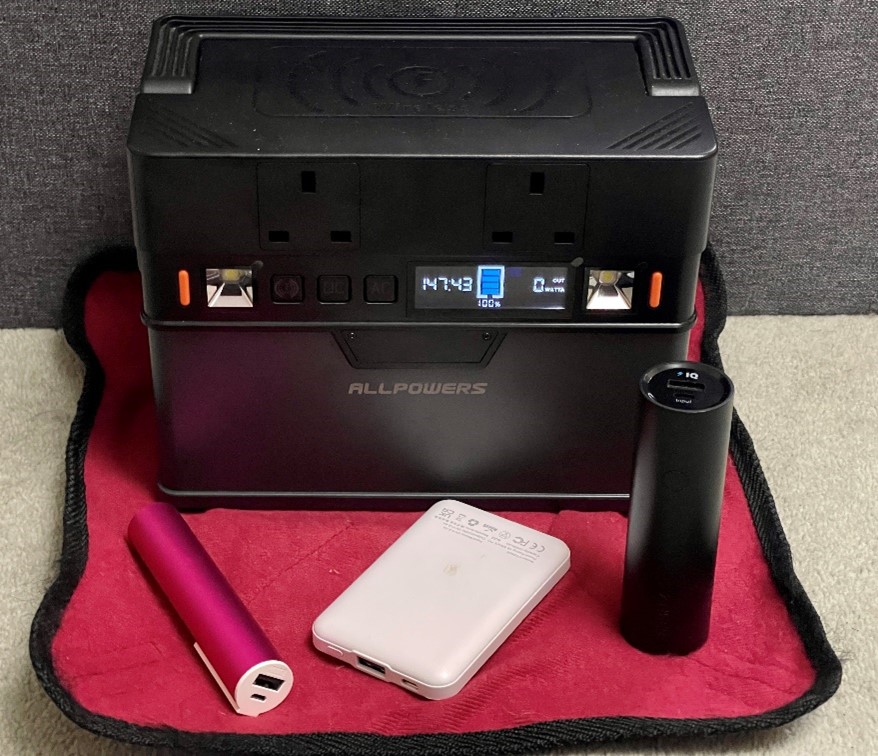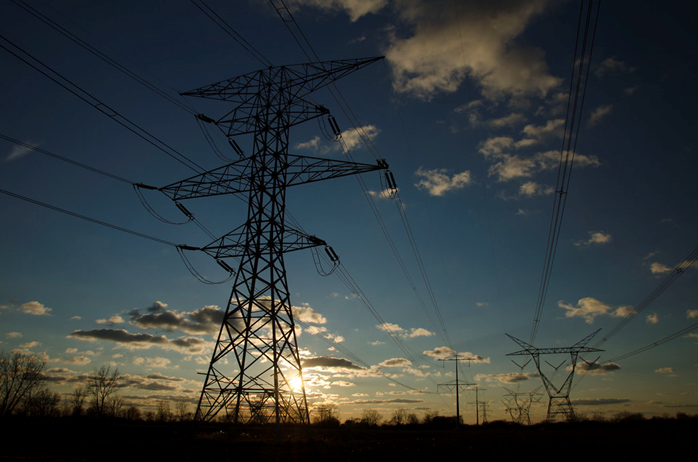With the talk in the media of potential power cuts this winter, I’ve been asked to share a few thoughts on what organisations can write into their Business Continuity Plans to cope with this type of situation.
What this blog is not…
This blog is not about generators and your own personal power station. If you are a business (such as hospital or data center) and need these types of solutions, then you have them in place already.
I’m going to look at the smaller organisation dealing with no power on an ad hoc basis.
Hybrid working and the power cuts this winter
This may not be the first thing you thought I would talk about. But depending on how widespread the power cut is having employees working from home or another office may put them outside the power cut. Majority of businesses have not flushed away their pandemic “work from home” systems and cyber security, so it is a low-cost solution to what we hope will be an infrequent and short-lived crisis.
UPS during the power cut
Not the delivery service but an Uninterruptible Power Supply (UPS). This is a computer-controlled battery pack which can keep critical systems running during a power cut. The larger the model, the longer the systems will run. You could buy enough of them to run a whole network – servers, routers, PCs etc. But even for a small network the cost and complexity soon soar.
UPS is great for is keeping critical equipment such a server or NAS running for say 30 minutes during a short power outage. (From experience we recently lost a NAS due to a power outage – the replacement is going on a UPS). The other strength of a UPS is that after set period of time, but before the battery dies, it can safely shut down the attached equipment. So, preventing data loss or damage.
A small UPS that will keep a server or NSA running for 10 minutes or so and then safely shut it down costs about £100 from Amazon.
Power Banks during the power cut
Possibly what you really want to do in a power outage is run a laptop, a light and charge your phone. Battery power banks could help you out here.
We have an Allpowers power bank (see photo below) that can be charged from the mains, the car or solar panels. It has 240v mains out, plus USB A, USB C, wireless charging and 5v outputs. I bought it for camping, but it works equally as well as back-up power for our office. Diana our CEO has tried it out and she worked on her i7 laptop for six hours. She even plugged an LED light into the power bank and charged her phone at the same time. This unit is about 300w and costs about £150. These type of large power banks are sometimes sold as “power stations.” But I said I was not going to talk about personal power stations!
I’ve a variety of smaller power banks, (again in the photo below). Most are pocket sized and can charge my phone about once, iPhone 14 Pro Max, other phones will vary. A larger one, which I also have, will charge the phone several times. And it is in my overnight bag. It has proved useful on longer train trips, flights and so would be useful in a power cut too.
All of these will keep your phone or tablet charged, run a small LED desk lamp and keep you and your business in contact with your customers.
Top tip for power banks
One tip here, always buy named brands! Anker is great but I have also bought RAVPower and buy them through well reviewed sellers on reputable sites such as Amazon or from shops such as Currys. I avoid pound shops and eBay – the power banks sold there often do not hold the promised amount of power.

…and one more thing…
The lights will go out. Do not forget a torch – with fresh batteries or full charged.
Really the last thing…
As always if you need help with anything in this blog – get in contact.
Clive Catton MSc (Cyber Security) – by-line and other articles
Further reading:
External Power Bank Packs and real capacity values – Clive’s Blog (clivecatton.co.uk)


